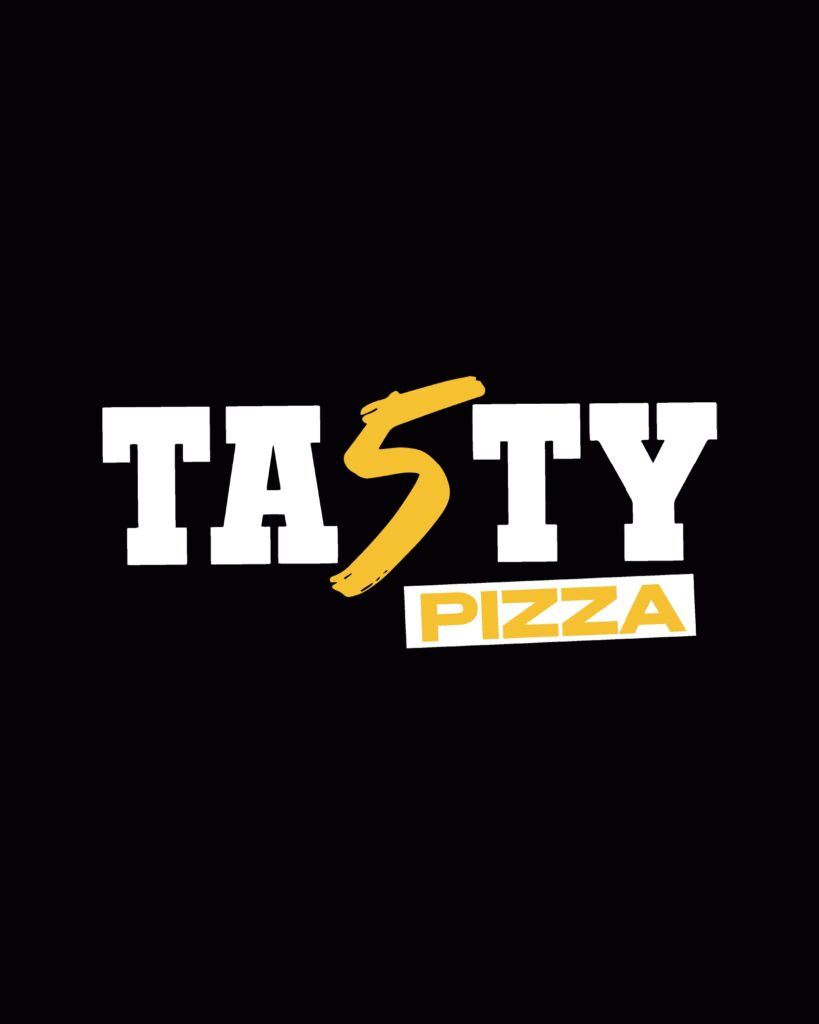You ought to make needed changes to your plans by utilizing the chart to determine any delays or modifications in scope. This line exhibits your intended course for ending the project over time. It permits the comparability of efficiency expectations with precise progress. Setting affordable timeframes and controlling stakeholder expectations are two areas by which that is actually helpful.
The Means To Manage Scrum Groups In Lucidchart
A burndown chart works by estimating the amount of work wanted to be completed and mapping it against the time it takes to complete work. The goal is to precisely depict time allocations and to plan for future sources. Product and project managers should have their fingers on the heartbeat of the project frequently. This means checking your burndown chart and flagging any alarming developments (or huge wins!) early on. You can’t duplicate success if you don’t know what’s made you profitable, and you can’t keep away from pitfalls if you never dig into what created the problem. Progress and, more importantly, sharing progress is pretty darn important for agile teams to hit their deadlines.
Observe And Update Project Progress
A burndown chart is an agile project management tool that agile groups use to compile details about work that’s in progress or ready for completion within a particular time interval or dash. The graphs present estimates of the team’s ability to work through the user stories, making certain they meet deadlines. Burnup and burndown charts are valuable instruments in project management, however they serve completely different purposes. Burndown charts provide a easy, time-sensitive approach to track remaining work and are nice for meeting deadlines in fixed-scope initiatives. Burnup charts, however, provide a broader view by monitoring progress and scope adjustments, making them best for projects where flexibility and adaptability are essential.
The Way To Create A Burndown Chart In 5 Simple Steps
In ClickUp, the burndown chart shows your estimated work line is a red dotted line and the actual work is represented in blue. Burndown charts should be updated daily, allowing project managers to monitor progress in real-time and identify points earlier than they become…well…issues. Product homeowners ought to have the flexibility to understand the projected timeline at a look and determine whether or not they should adjust the schedule accordingly. There is an ideal work remaining line which is a straight line connecting the beginning and ending points. This line represents the sum of estimates for all tasks that have to be accomplished, or in other words, the scope of the project. At the endpoint, the perfect line crosses the x-axis and shows there is no work left to be carried out.
Although the specifics can range, it’s frequent to see the below sections of a burndown chart. The scope of the whole project and the quantity of labor completed are two essential pieces of information. The finished work represents cumulative efforts at completely different times in time, though the complete work is commonly expressed in story points or assignments. You can use the models of measurement that you just like; this includes estimates, story factors, or problem counts.
For instance, it solely reveals the variety of story factors which have been completed. The burndown chart doesn’t show any changes, for instance, within the scope of labor as measured by the entire factors within the backlog. Displaying a burndown chart prominently for all to see keeps everybody concerned and encourages the staff to take care of points before they evolve into problems.
- The best line intersects the x-axis on the endpoint, indicating no remaining work.
- They let you regulate quicker, communicate higher, and lead extra effectively.
- Integrate the Burndown Chart into daily stand-up meetings to facilitate discussions on progress.
- Although the specifics can range, it’s widespread to see the under sections of a burndown chart.
- The actual effort line represents the true work remaining at the end of each sprint or day, reflecting the team’s progress.
- Keep monitor of those sums by day and use them to create a graph that reveals the work remaining over time.
Recognizing these patterns may help you optimize your software program improvement course of and enhance your group’s general efficiency. The first step to create a burndown chart is to estimate the effort needed to finish a given sprint. From estimating effort to tracking daily progress, let’s take a look at the 5 steps to making a burndown chart to estimate the amount of work needed. Most agile groups use story factors to measure effort, but finally it’s up to you ways your staff can best measure effort and progress. As a outcome, it can be exhausting to inform if changes in the burndown chart are as a result of completed backlog items or because of an increase or decrease in story points. Having a burnup chart resolves this drawback by having a separate line in the graph for the overall backlog size.
Highlight the summary table that contains the day by day complete for baseline effort and estimated effort. You also wants to seize the heading of time interval (Day 0, Day 1, etc). Each day, the team updates and plots the progress against the work remaining. These updates characterize the precise effort compared to the best effort.
This agile tool captures the outline of a characteristic from an end-user perspective and shows the whole effort in opposition to the quantity of labor for every iteration or agile sprint. A burndown chart is used to rapidly measure the total work remaining to be completed during a sprint. This can be used to foretell how doubtless your group is to finish the the rest of the work on the product backlog inside the time remaining and to track velocity. From the burn-down chart graph, we will estimate when the project is going to be full. As your project progresses, hold this information contemporary with ongoing updates. Every time a task is completed, or its estimated effort modifications, modify your knowledge.
By clearly showing work remaining over time, they help groups keep centered, detect points early, and keep accountability. With common updates and the proper strategy, burn-down charts can enhance project transparency and productivity, making them a valuable addition to any team’s project administration toolkit. Using these two charts collaboratively could be helpful in providing a complete image of how the project and individual sprints have progressed.
It’s at all times finest to have an actual work remaining line in a burndown chart to check and contrast in opposition to your project finish point. Burn-up charts provide benefits, however there are drawbacks as nicely. You must observe the reliable knowledge in order to maintain it up to date, which is a downside. Confusion regarding progress may also outcome from frequent scope modifications. Finally, if team members are unfamiliar with agile approaches, they may find it extra obscure burn-up charts than simpler burn-down charts. Due to the visibility, teams and stakeholders can easily perceive the impact of those changes on project timelines and deliverables.
However, significant swings may indicate deeper points or modifications in project scope. If you see frequent, drastic fluctuations, it might be time to examine if the staff is dealing with challenges or if maybe they’re being too optimistic with their task markings. This lack of distinction makes it difficult to find out whether or not modifications within the chart outcome from completed tasks, alterations in scope, or adjustments in story factors. It supplies a centered view, displaying solely the completed story factors, which may not capture changes within the scope of labor or variations in story points because of shifts in backlog objects.
Burn Up Charts focus on showcasing progress and the way much you’ve got achieved quite than the remaining work. They begin from the underside and ascend, with a scope line indicating the project’s necessities. Aligning the progress line with the scope line by project’s finish signifies success.
Transform Your Business With AI Software Development Solutions https://www.globalcloudteam.com/





